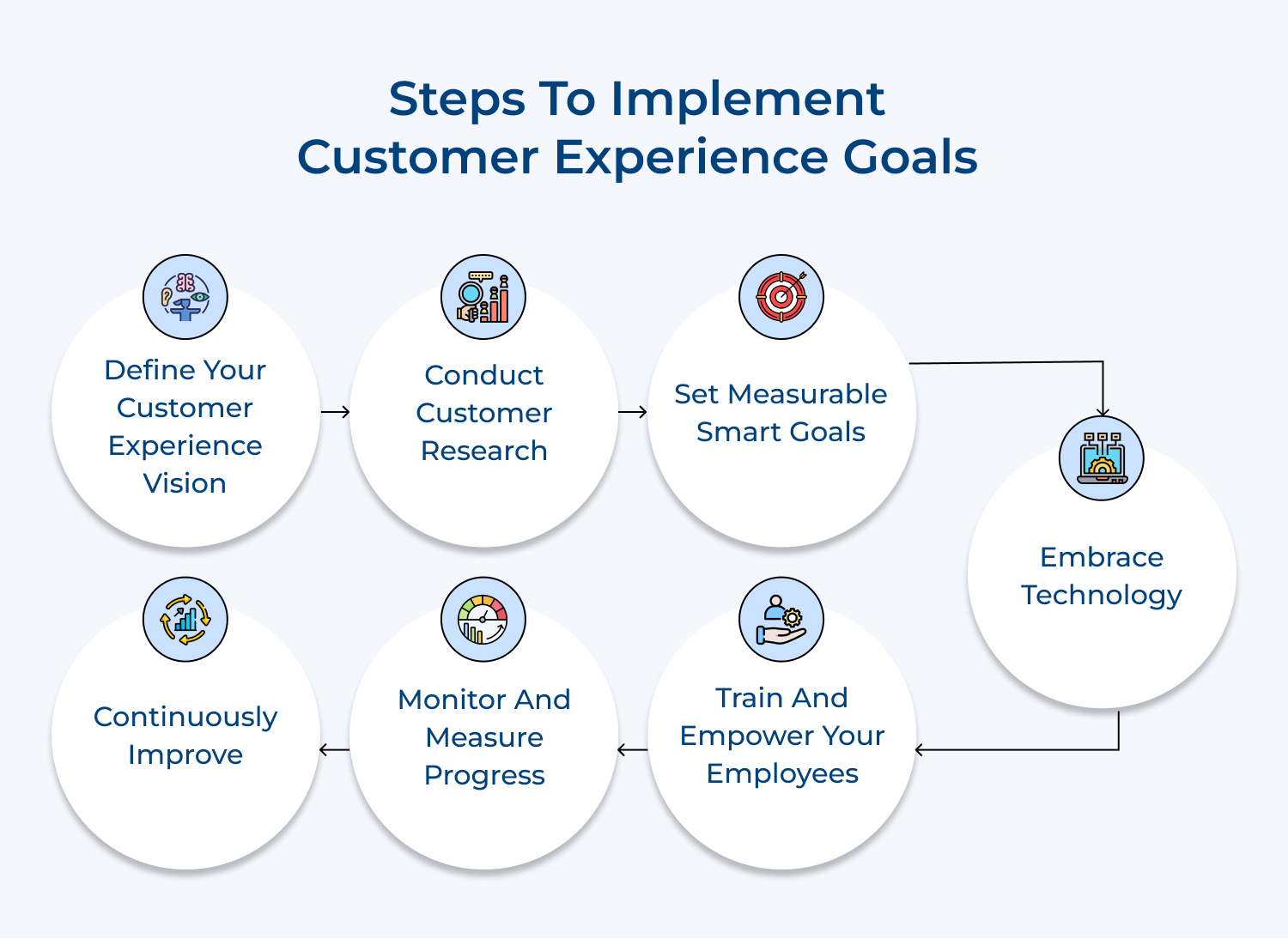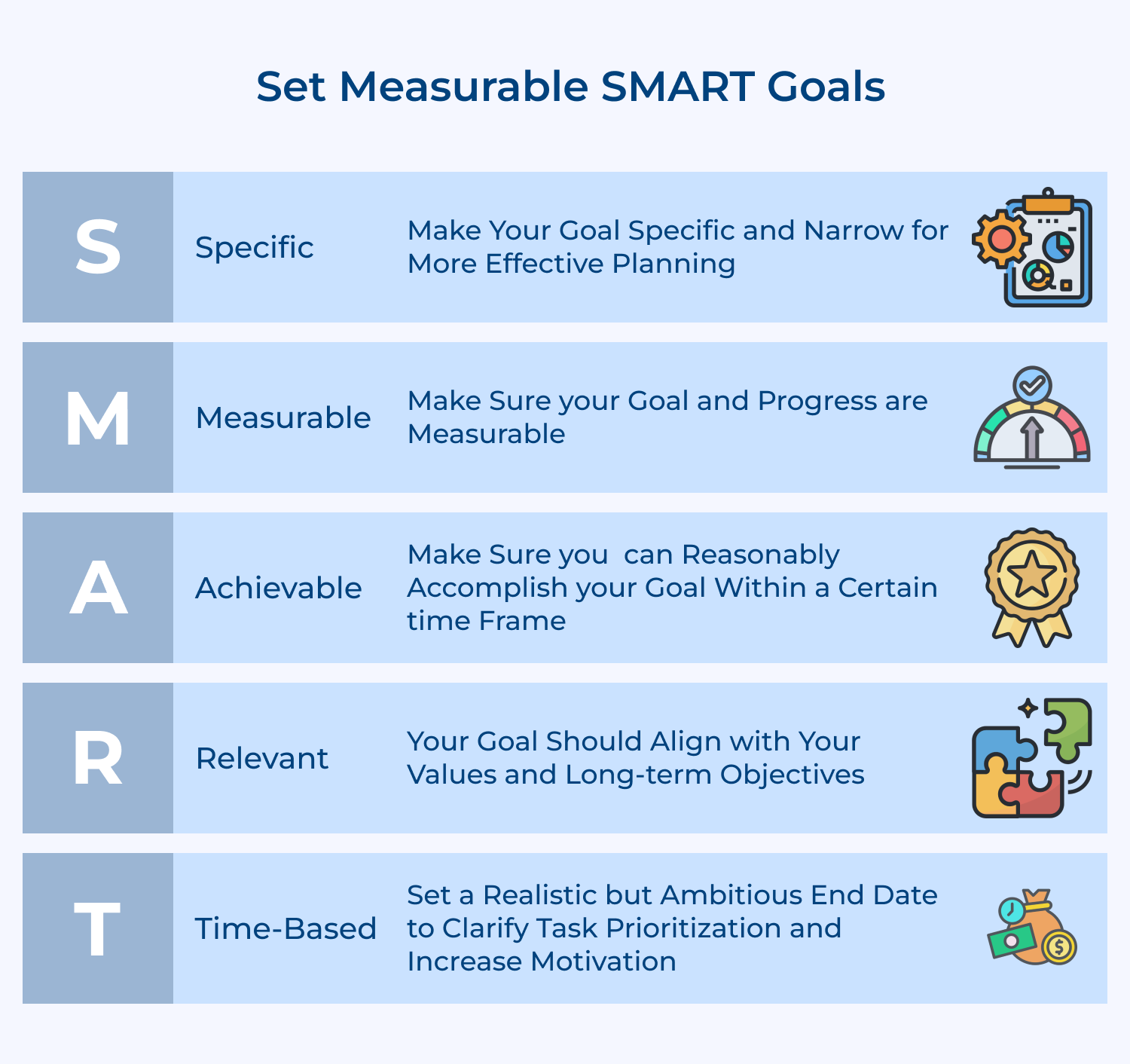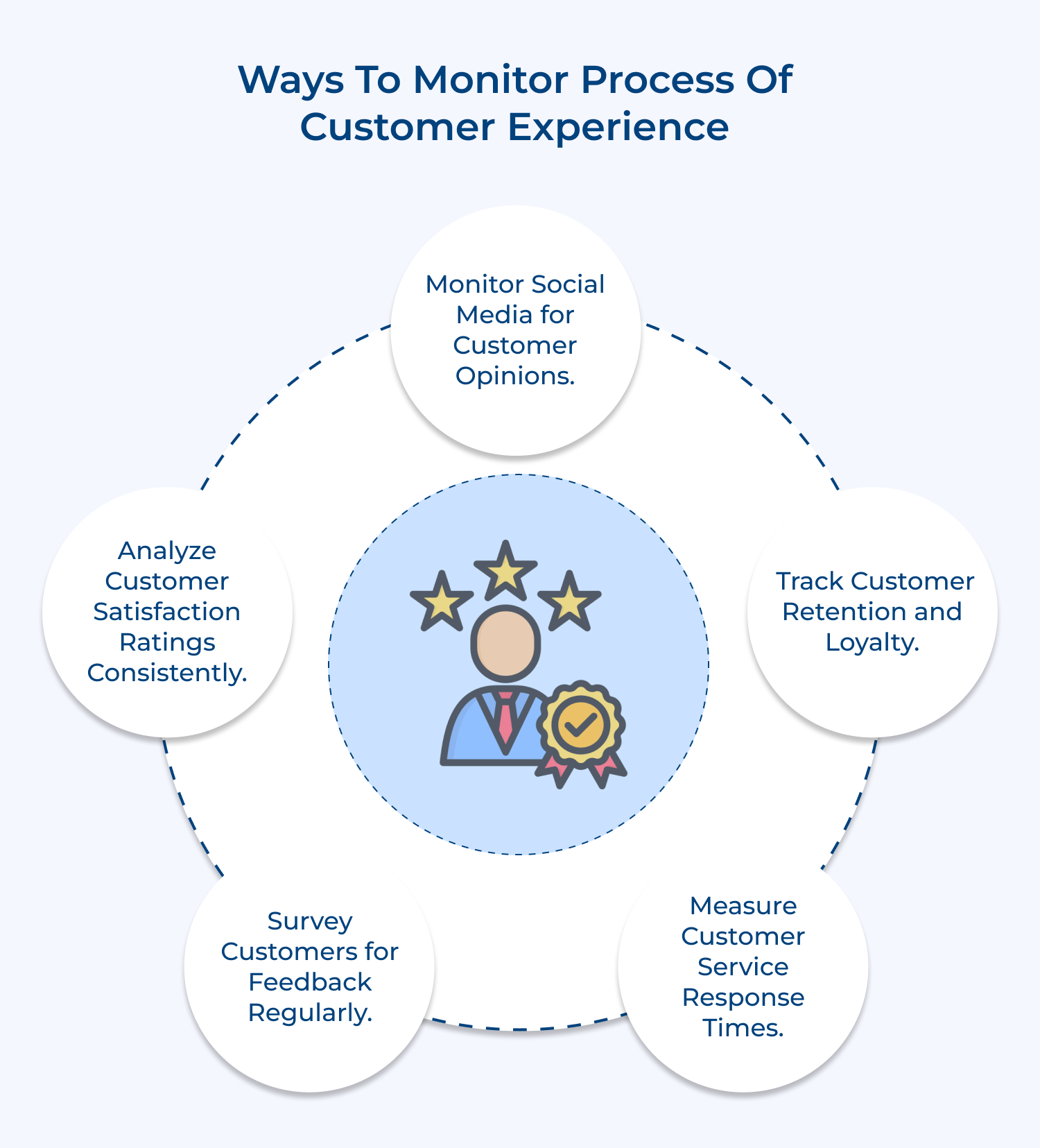Pro tips:
- Utilize data analytics tools: Leverage advanced data analytics tools to collect, analyze, and interpret data, enabling you to gain valuable insights as well as make informed decisions.
- Regularly review and adjust: Continuously review and assess your progress against your goals, identifying any areas that require adjustment or improvement.
Step 7: Continuously Improve
Customer experience is an ongoing journey. Continuously seek feedback from your customers and adapt your CX strategies accordingly. Stay up-to-date with industry trends and emerging technologies that can further enhance your customer experience efforts. Consistently strive for improvement to stay ahead of your competitors and retain loyal customers.
Pro tips:
- Harness Technology: Leverage technology to streamline processes, personalize experiences and identify areas for improvement.
- Keep an eye on industry trends and competitor’s strategies to stay ahead of the curve as well as identify opportunities for improvement.
Examples of Customer Experience Goals
Successful companies understand the importance of providing a memorable experience to their customers. Let’s look at examples of customer experience goals set by successful companies.
Amazon: Obsessing Over Customers
Amazon’s customer experience goal is to obsess over their customers. Their customer service team prioritizes customer satisfaction above all else and aim to provide a seamless along with convenient shopping experience. Amazon focuses on fast and reliable delivery, personalized recommendations, easy returns, excellent customer service etc. By continuously enhancing the customer experience, Amazon has become a dominant force in e-commerce.
Apple: Simplicity and Innovation
Apple’s customer experience goal is to provide simple, intuitive and innovative products. They strive to make technology accessible to all and remove any confusion or complexity. Apple focuses on design, ease of use and seamless integration across their product ecosystem. By offering products and services that simplify people’s lives, Apple has created a devoted customer following.
Zappos: Delivering WOW Through Service
Zappos, the online shoe and clothing retailer, is renowned for its exceptional customer service. Their main customer experience goal is to “deliver WOW through service.” They strive to provide the best customer service possible, going above and beyond to make their customers happy. Zappos empowers their customer service representatives to solve problems and exceed customer expectations, resulting in satisfied as well as loyal customers.
Scale Up Your Sales by Achieving Customer Experience Goals
As a business owner, there’s no denying the importance of sales in sustaining and growing your company. But, in an age where customers value their experience with a brand as much as the product or service itself, focusing solely on sales figures might not be enough. To truly scale up your sales, you need to prioritize achieving customer experience goals.
Remember, a delighted customer is more likely to become a repeat customer and refer your business to others. So, make customer experience a top priority and watch your sales soar to new heights.









